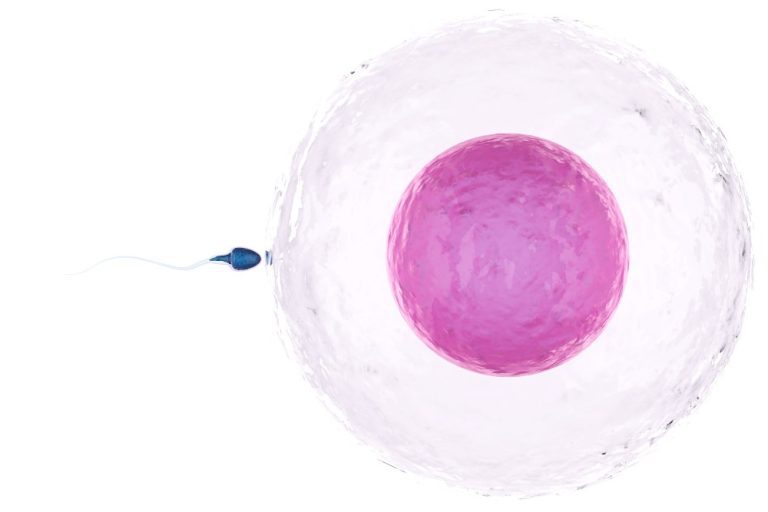I.U.I. – INTRAUTERINE INSEMINATION
Introduction:
In the realm of assisted reproductive technologies, Intrauterine Insemination (I.U.I.) stands as a beacon of hope for couples struggling with infertility. This remarkable procedure offers a less invasive and more accessible approach to achieving pregnancy. In this article, we will explore the intricacies of I.U.I., its methodology, and its significance in overcoming certain fertility challenges. With its potential to enhance fertility outcomes, I.U.I. has become a sought-after option for couples striving to build their families.
Understanding Intrauterine Insemination:
Intrauterine Insemination, commonly known as I.U.I., is a fertility treatment that involves the introduction of carefully prepared sperm directly into the uterus. This procedure aims to increase the chances of fertilization by facilitating the sperm’s proximity to the fallopian tubes where fertilization typically occurs. By bypassing potential barriers, such as cervical mucus abnormalities or low sperm count, I.U.I. optimizes the chances of successful conception.
The Procedure Unveiled:
Preparation and Timing:
Prior to an I.U.I. procedure, the woman may undergo ovulation induction, which involves the administration of fertility medications to stimulate the development and release of multiple eggs. This step ensures a higher probability of successful fertilization. Once the eggs have matured, the male partner provides a semen sample, which is then carefully washed and processed to isolate the healthiest and most motile sperm. The I.U.I. procedure is typically performed at the precise moment of ovulation, ensuring optimal timing for fertilization.
The Art of Insemination:
Under the guidance of a fertility specialist, the prepared sperm is introduced into the woman’s uterus using a slender, flexible catheter. This process is relatively quick and painless, often resembling a routine gynecological examination. The catheter is gently threaded through the cervix and into the uterine cavity, where the sperm is deposited. The woman may experience mild cramping during the procedure, but it subsides shortly after completion.
Enhancing Fertility Outcomes:
I.U.I. and Male Factor Infertility:
Intrauterine Insemination has proven particularly beneficial for couples facing male factor infertility challenges. It offers a solution for issues such as low sperm count, decreased sperm motility, or anatomical abnormalities that may hinder natural conception. By directly placing the sperm in the uterus, I.U.I. bypasses these obstacles and increases the likelihood of fertilization.
Cervical Mucus Abnormalities:
Another common barrier to natural conception is cervical mucus abnormalities, which can hinder sperm movement and viability. I.U.I. bypasses the cervix and places the sperm directly into the uterus, eliminating the need for sperm to navigate through potentially hostile cervical mucus. This significantly improves the chances of sperm reaching the fallopian tubes and fertilizing the egg.
Unexplained Infertility:
In some cases, couples may face unexplained infertility, where no specific cause for their inability to conceive is identified. I.U.I. can be a valuable option in such situations, as it increases the number of sperm reaching the fallopian tubes, increasing the chances of successful fertilization. It also provides an opportunity for the fertility specialist to monitor the woman’s ovulation closely, ensuring optimal timing for insemination.
Success Rates and Considerations:
While I.U.I. offers a promising solution for couples struggling with infertility, it is important to note that success rates can vary depending on individual circumstances. Factors such as age, overall health, and the cause of infertility can influence the likelihood of successful conception. It is advisable for couples to consult with a fertility specialist who can assess their specific situation and provide personalized guidance.
Additionally, I.U.I. may not be suitable for certain fertility conditions, such as severe male factor infertility or fallopian tube blockages. In such cases, alternative fertility treatments like in vitro fertilization (IVF) may be recommended.
Conclusion:
Intrauterine Insemination (I.U.I.) offers hope and possibilities for couples facing infertility challenges. By bypassing barriers and optimizing the chances of fertilization, I.U.I. has become a popular and effective fertility treatment. With its relative simplicity, accessibility, and success rates, I.U.I. continues to play a vital role in helping couples fulfill their dreams of parenthood.


